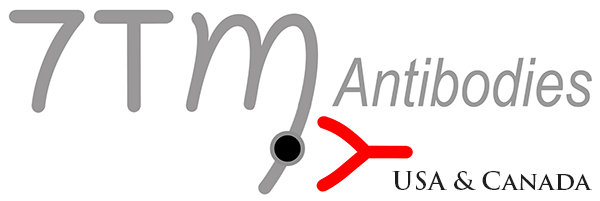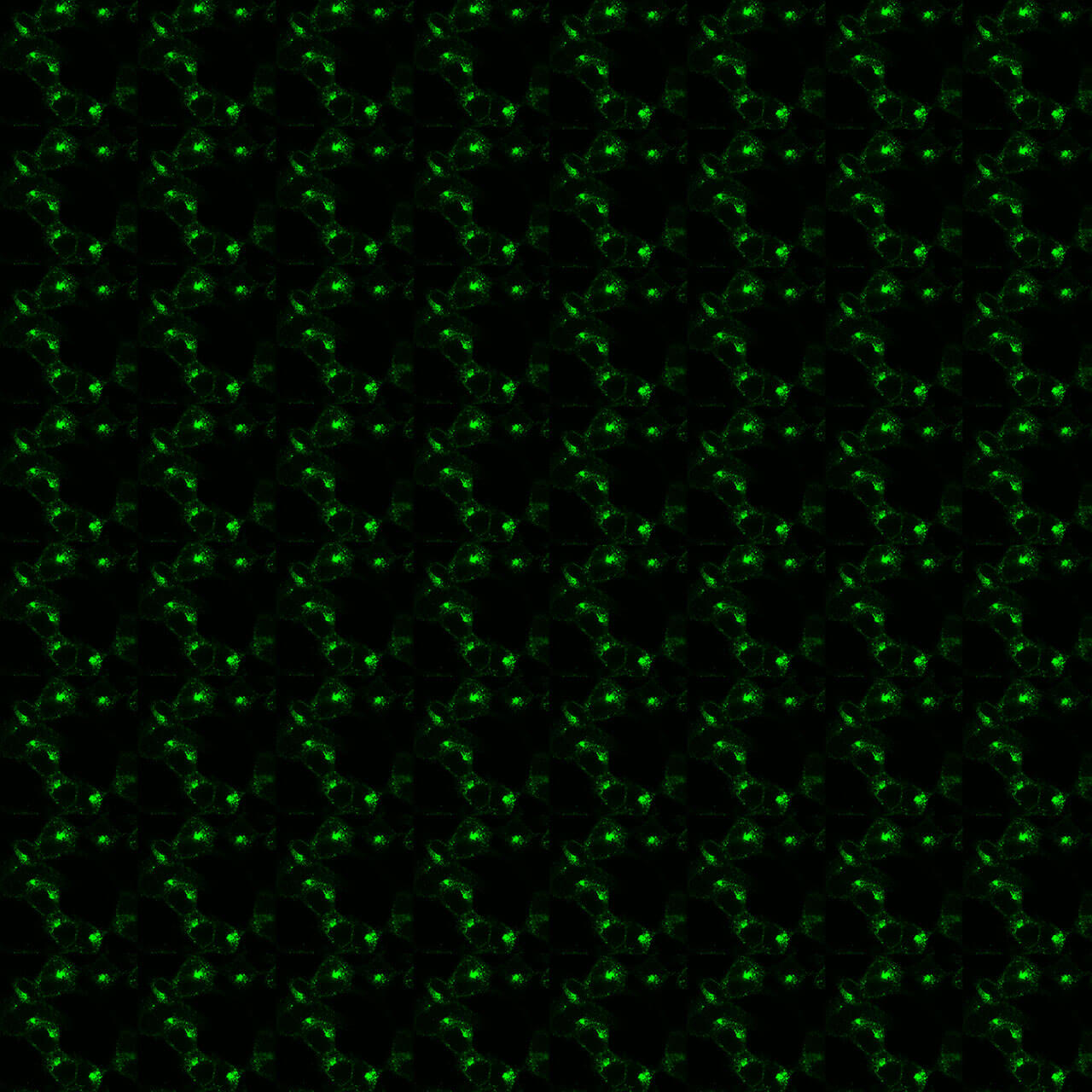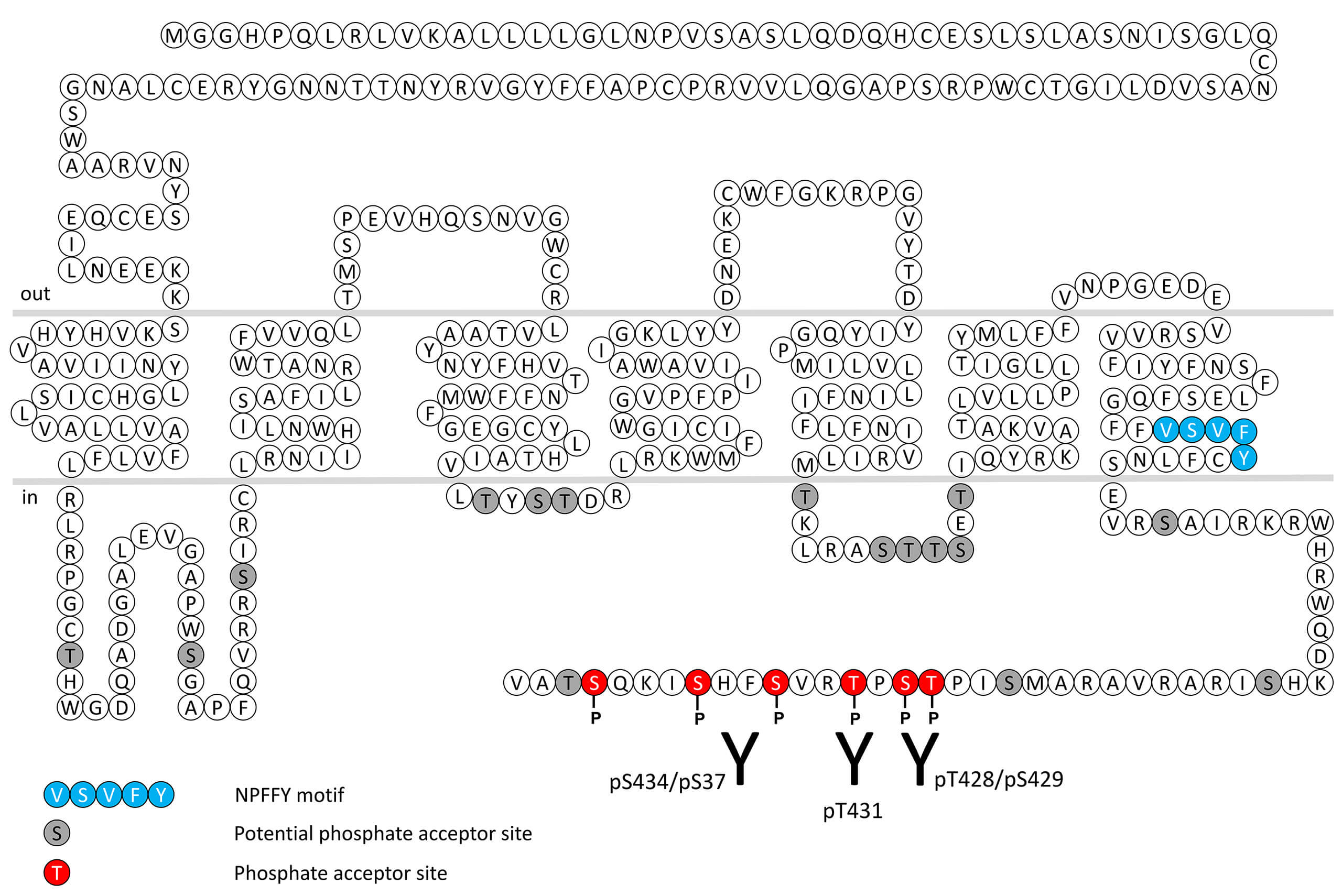No results were found for the filter!
NEW
 CRF1 (non-phospho-Corticotropin-Releasing...
CRF1 (non-phospho-Corticotropin-Releasing... The non-phospho-CRF1 receptor antibody is directed against the distal part of the carboxyl-terminal tail of human CRF1. It can be used to detect total CRF1 receptors in Western blots independent of phosphorylation. The non-phospho-CRF1...
$ 375.00 *
NEW
 pT428/pS429-CRF1...
pT428/pS429-CRF1... Threonine428/Serine429 (T428/S429) is a major phosphorylation site of the CRF1 receptor. The pT428/pS429-CRF1 antibody detects phosphorylation in response to high-efficacy agonists. T428/S429 phosphorylation is a key regulator of CRF1...
$ 375.00 *
NEW
 pT431-CRF1 (phospho-Corticotropin-Releasing...
pT431-CRF1 (phospho-Corticotropin-Releasing... Threonine431 (T431) is a major phosphorylation site of the CRF1 receptor. The pT431-CRF1 antibody detects phosphorylation in response to high-efficacy agonists. T431 phosphorylation is a key regulator of CRF1 desensitization, β-arrestin...
$ 375.00 *
NEW
 pS434/pS437-CRF1...
pS434/pS437-CRF1... Serine434/Serine441 (S437/S441) is a major phosphorylation site of the CRF1 receptor. The pS434/pS437-CRF1 antibody detects phosphorylation in response to high-efficacy agonists. S434/S437 phosphorylation is a key regulator of CRF1...
$ 375.00 *
Recently viewed


